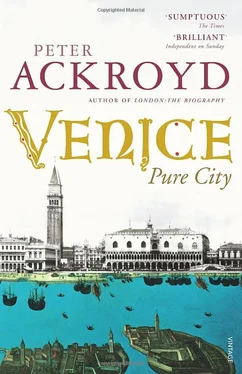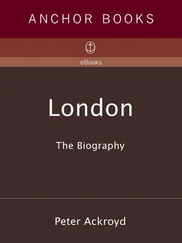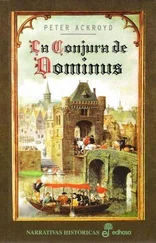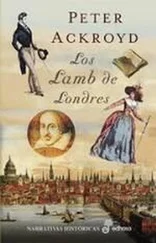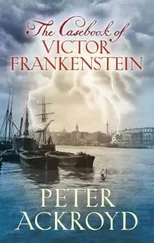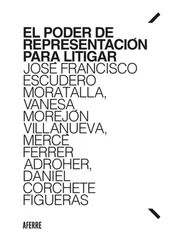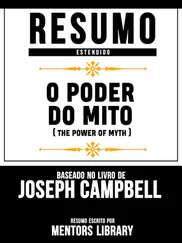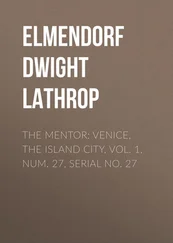Origins
They voyaged into the remote and secluded waters. They came in flat-bottomed boats, moving over the shallows. They were exiles, far from their own cities or farms, fleeing from the marauding tribes of the North and the East. And they had come to this wild place, a wide and flat lagoon in which fresh water from the rivers on the mainland and salt water from the Adriatic mingled. At low tide there were mud-flats all around, cut through with streams and rivulets and small channels; at high tide there were small islands of silt and marsh-grass. There were shoals covered with reeds and wild grasses, rising just a little way above the waters. There were patches of land that were generally submerged but, at certain low tides, rose above the water. There were desolate marshes that the water only rarely covered. The salt marshes and the shore seemed from a distance to make up the same wide expanse, marked with ponds and islets. There were swamps here, too, as dark and uninviting as the waters that the tide did not reach. A line of islands, made up of sand and river debris, helped to protect the lagoon from the sea; these were covered with pine woods.
Although the lagoon was not far from the once great centres of Roman civilisation, it was remote and secluded. This was a solitary place, its silence broken only by the calls of the seabirds and the crash of the billows of the sea and the sound of the wind soughing in the rushes. At night it was the setting of a vast darkness, except in those patches where the moon illumined the restless waters. Yet in the daylight of the exiles’ approach the silver sea stretched out into a line of mist, and the cloudy sky seemed to reflect the silvery motions of the water. They were drawn into a womb of light. They found an island. And a voice, like the sound of many waters, told them to build a church on the ground they had found. This is one of the stories of origin that the Venetians told.
The lagoon itself is an ambiguous area that is neither land nor sea. It is approximately thirty-five miles (56 km) in length and seven miles (11 km) in width, taking a crescent shape along part of the coast of north-eastern Italy. It was created some six thousand years ago, emerging from the mud and silt and debris that came down into the Adriatic from seven rivers. The principal among them—the rivers Brenta, Sile and Piave—carried material from the Alps and the Apennines; a city of stone would one day rise on the minute debris of mountains. The swamps and marshes and mud-flats are protected from the sea by a long and narrow bank of sand, divided into islands by several channels; the longest of those islands is now known as the Lido. The channels make openings in the barrier, entrances known as porti , through which the sea rushes into the lagoon. There are now three such porti at the Lido, at Malamocco and at Chioggia. These tides breathe life into Venice.
It is a continually various and unsettled scene, part mud and part sand and part clay; it is changed by tides, always shifting and unstable. There is a current in the Adriatic that flows up and down from the Mediterranean, and each of the porti creates its own distinct basin or force of water. That is why the appearance of the lagoon has altered over the centuries. There is one theory that, as late as the sixth and seventh centuries, the lagoon was essentially a marsh covered by water at high tide. In the nineteenth century, according to John Ruskin, there were times at low tide when it seemed that Venice was marooned on a vast plain of dark green seaweed. The whole lagoon in fact would have become dry land five hundred years ago, were it not for the intervention of the Venetians themselves. The lagoon is now simply another part of Venice, another quarter that happens to be neither land nor sea. But it is slowly returning to the sea. The waters are growing deeper, and more salty. It is a precarious place. Saint Christopher, carrying the infant Christ across the water, was once a popular saint of the city.
There have always been inhabitants of the lagoon. The wilderness could, after all, be fruitful. From the earliest times there were small pockets of people—fishermen and fowlers ready to take advantage of the abundance of wildfowl and marine life as well as the autumnal migration of the fish from the rivers to the sea. The marshes are also a natural place for the harvesting of salt. Salt was a valuable commodity. The Venetians were always known as a mercantile people, but the first stirrings of trade in this area began even before their ancestors had arrived.
The earliest tribes are lost in the darkness of prehistory. But the first recognisable ancestors of the Venetians inhabited the region surrounding the lagoon from the eighth century BC. These were the people who dwelled in the north-eastern part of Italy as well as along the coasts of what are now Slovenia and Croatia. They were known as the Veneti or the Venetkens; Homer refers to them as the “Enetoi,” because there is no “v” sound in classical Greek. They were primarily merchants, as the Venetians would become, trading in amber and wax, honey and cheese. They set up great markets, like those which the Venetians eventually established. They traded with Greece, just as Venice would one day trade with Byzantium and the East. They specialised in the extraction of salt from coastal areas, in a way that anticipates the Venetian monopoly of salt production.
They dressed in black, which became the colour characteristically worn by patrician Venetian males. Hercules was the tribal hero of the Veneti, and became a legendary protector of Venice; he is the demigod who acquires by labour what others claim by right. The Veneti traced their descent from Antenor, who led them from the ruined city of Troy. They were well known for their skill in seamanship, and were essentially a maritime people. They submitted, in marital and familial matters, to the authority of the state. These were the people who inhabited cities such as Padua and Altino, Aquileia and Grado. These were the exiles who came for safety to the waters of the lagoon.
Before the time of flight, the Veneti were thoroughly Romanised. By the second century AD they had made a pact with the powers of Rome. In the reign of Augustus the area of the lagoon was part of the Tenth District of Italy and then in the fourth century it became part of the eastern Roman Empire, the Byzantine Empire. The lagoon was already partly settled. On one of the islands, S. Francesco del Deserto, have been found the remains of a Roman port with pottery from the first century and wall plaster of the third century.
The port was no doubt used by those vessels sailing between Aquileia and Ravenna, bearing grain from Pannonia as well as goods and supplies from more distant shores. Amphorae have been discovered here, for the carriage of wine and olive oil that had come from the eastern Mediterranean. The larger ships would dock on the island, their goods then transported to smaller ships for the shallows of the lagoon. There must have been local pilots, therefore, to guide the craft through these exiguous waters. A walkway, dating to the second century AD, has been found beneath the nave of the basilica of S. Maria Assunta on the island of Torcello. Roman remains have been found at a great depth on the island of S. Giorgio Maggiore, and material from the first and second centuries has been discovered on smaller islands. Other finds, on other islands, can be dated from the fourth to the seventh centuries. It has been suggested that the outer islands of the lagoon could have been used as a station for the Roman fleet; it is conceivable, to say no more, that villas were constructed here.
Yet there was a fundamental change in the nature of the lagoon when the exiles from the mainland began to arrive in larger and larger numbers. There was no central exodus, but rather successive waves of migration that culminated in the late sixth century. The Veneti were escaping from invaders. In 403 Alaric the Visigoth descended upon the province of Venetia; in the words of Claudian, the historian of Rome, “fame proclaimed the march of the barbarian, and filled the land with terror.” Aquileia and Verona fell, with many of their inhabitants fleeing to the safety of the islands. When the threat of Alaric had passed, some returned home. But others stayed, making a new life in the lagoon. In 446 Attila gained Roman provinces from the Danube to the Balkans and then, six years later, took Aquileia; Altino and Padua were also sacked. Once more the refugees from these disasters fled to the lagoon.
Читать дальше
